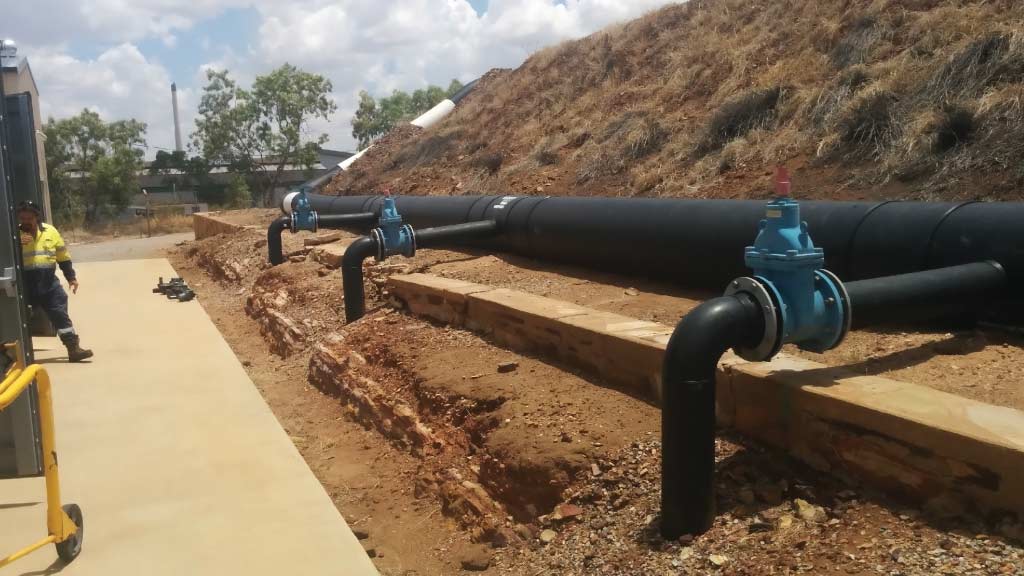Leading vs lagging indicators in pipeline projects

Keep your pipeline projects on track
Using leading indicators to improve piping project outcomes
When managing a piping project, staying on top of potential risks and inefficiencies can feel like herding cats. You may find yourself constantly reacting to issues rather than preventing them. But what if you had a system to help you predict problems before they arise?
That’s where leading and lagging indicators come in. While most project managers focus on lagging indicators (metrics that measure past performance), leading indicators give you the foresight to take action early and drive better outcomes.
What are the leading and lagging indicators in pipeline projects?
Lagging indicators tell you how a project has performed after the fact. They include:
-
Budget vs. actual costs
-
Delivery timeframes
-
of rework required post-installation
-
Safety incidents or compliance breaches
While these are useful for future planning, they don’t help prevent issues before they impact your project. That’s where leading indicators shine.
Leading indicators are predictive metrics that allow you to stay proactive, such as:
-
Number of supplier quality checks completed before dispatch
-
percentage of compliance with project requirements during fabrication
-
Number of onsite inspections carried out
-
Supplier delivery performance (on-time vs. delayed shipments)
-
Percentage of deadlines missed by subcontractors
These indicators help you take immediate action, allowing you to course-correct and keep your project on track.
Why leading indicators matter for piping projects
Managing risk, improving efficiency, and ensuring compliance are crucial for industries relying on HDPE piping and fittings. Here’s how leading indicators can make a difference:
-
Minimising rework and delays
Tracking pre-installation quality checks can help reduce the likelihood of defects or rework down the line, saving time and cost. -
Optimising supply chain performance
Monitoring supplier lead times and compliance rates ensures that your materials arrive on time and to specification and avoids costly project disruptions. -
Enhancing safety and compliance
Measuring risk assessment completion rates and safety inspections can help prevent workplace incidents before they happen.
How to apply leading indicators to your project
To effectively use leading indicators, follow these steps:
-
Identify key metrics – Choose the indicators most relevant to your project goals, such as fabrication accuracy, delivery reliability, or compliance rates.
-
Establish targets – Set benchmark values against which to measure performance.
-
Collect and analyse data – Implement a real-time system to track and review leading indicators.
-
Take action – Use the insights gained to adjust project workflows proactively.
-
Refine over time – Continuous improvement ensures that your leading indicators remain relevant and effective.
Turn insights into action with Advanced Piping Systems
At Advanced Piping Systems, we help project managers, engineers, and procurement teams take a proactive approach towards their piping projects. By focusing on quality, efficiency, and compliance, we ensure that you get reliable solutions that keep your projects moving forward.
Want to learn more about how we can support you with your next piping and pipeline project? Get in touch with our team today.

